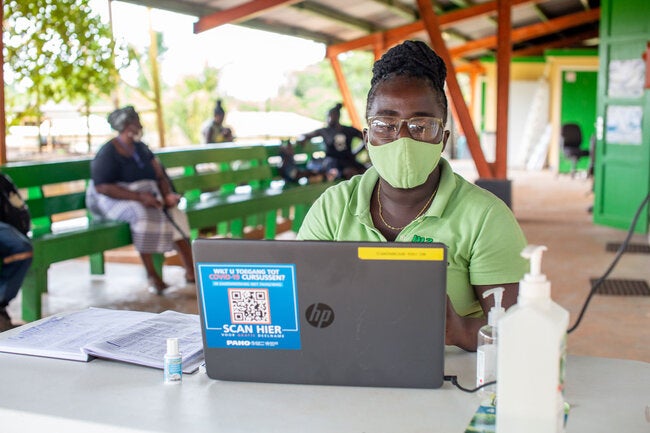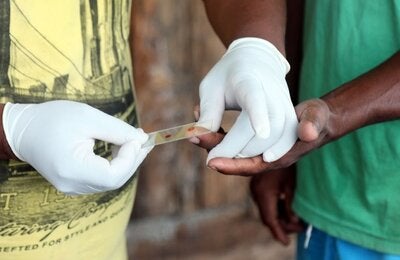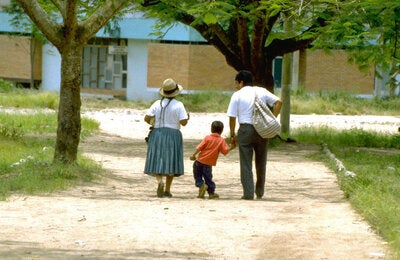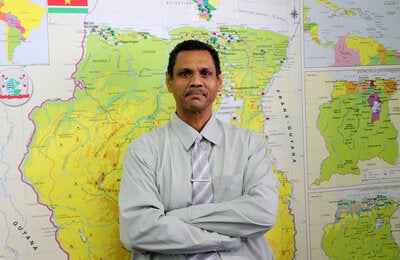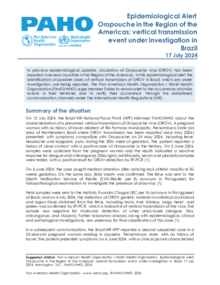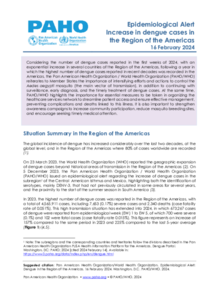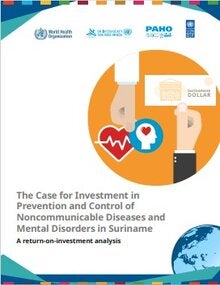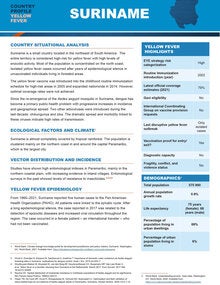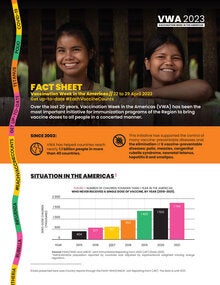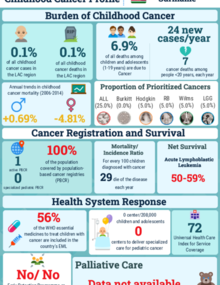The Republic of Suriname lies on the northeastern coast of South America and borders Guyana on the west, French Guiana on the east, and Brazil on the south. The country is divided into 10 administrative districts: the 2 urban districts of Paramaribo (the capital) and Wanica, 6 rural districts in the coastal area, and 2 districts in the interior. The urban districts occupy 0.5% of the country’s territory and contain 70% of the population.
In 2000 the total population of Suriname was 478 998 inhabitants; by 2023 this figure had risen to 623 236, representing a 30.1% increase. Regarding the country’s demographic profile, in 2023 people over 65 years of age accounted for 7.6% of the total population, an increase of 2.8 percentage points compared to the year 2000. In 2023, there were 101.1 women per 100 men and 29.2 older people (65 years or older) per 100 children under 15 years of age, as can be seen in the country’s population pyramids, distributed by age group and sex (Figure 1). Considering the population between 15 and 64 years of age to be potentially active (i.e., potential participants in the labor force), this group represented 66.4% of the total population of the country in 2023 (413 833 people). When we add these figures to the potentially passive population (162 119 under 15 years of age and 47 285 over 65 years of age), the result is a dependency ratio of 50.6 potentially passive people per 100 potentially active people. This ratio was 60.5 in 2000.
Life expectancy has progressively increased with respect to the year 2000. This trend is expected to continue, as is the proportion of the population over 65 years of age. Life expectancy at birth in 2023 was 72.8 years, lower than the average for the Region of the Americas and 7.3 years higher that in 2000.





